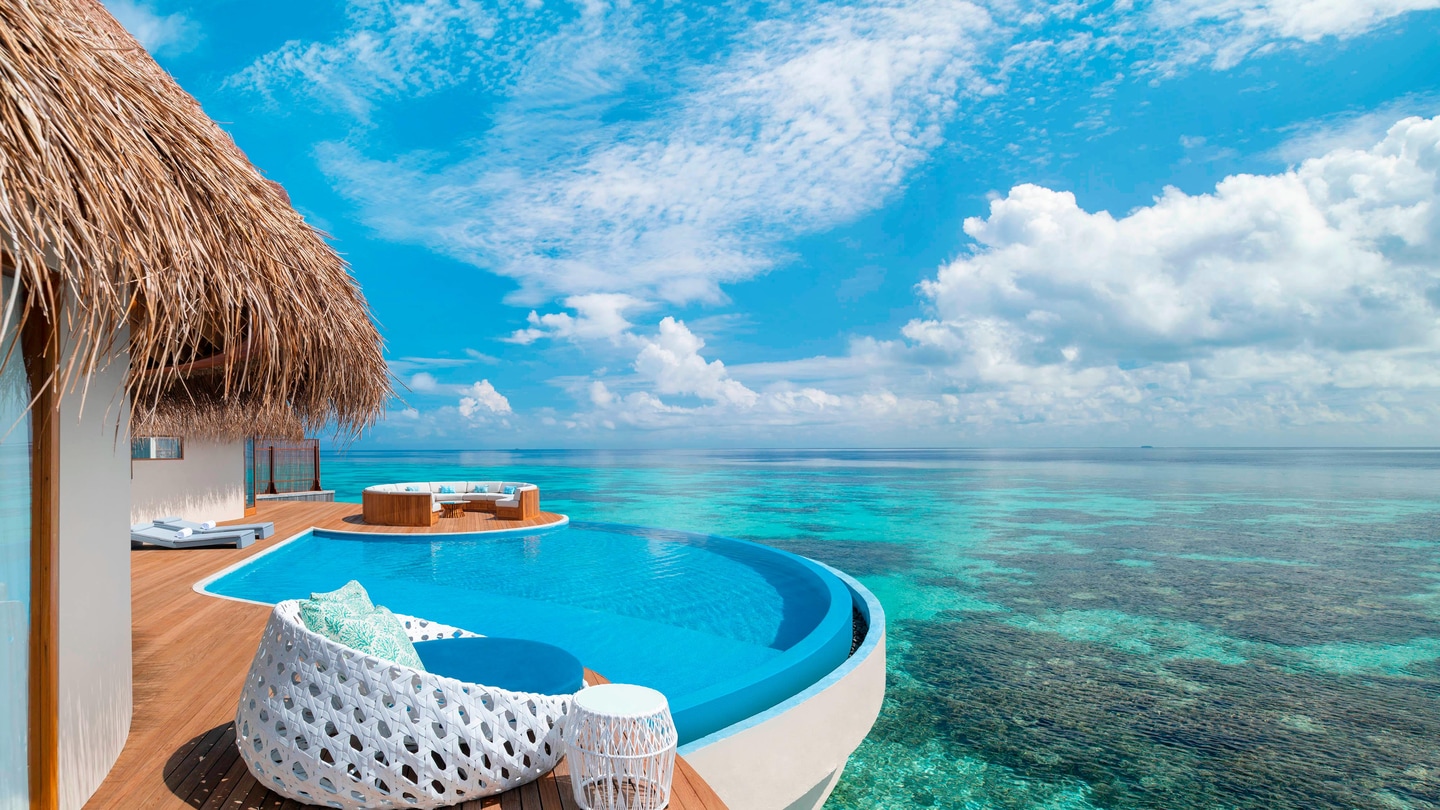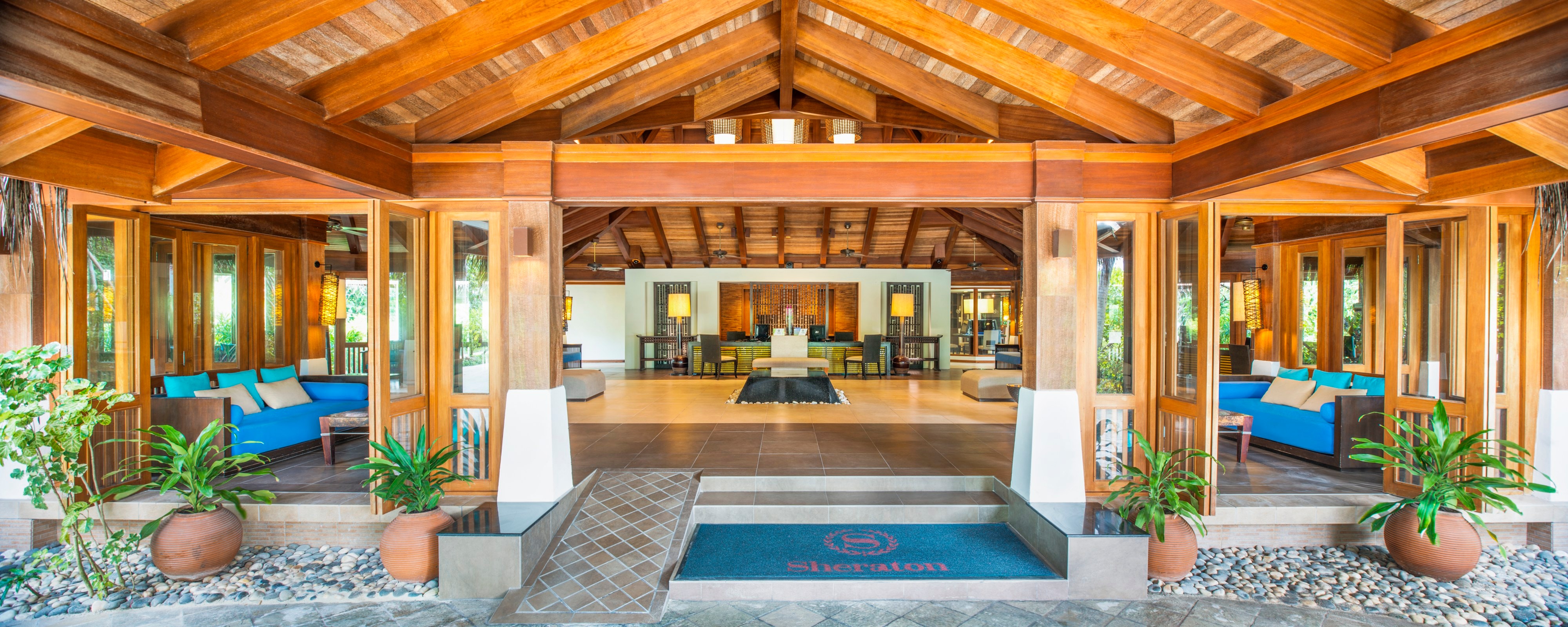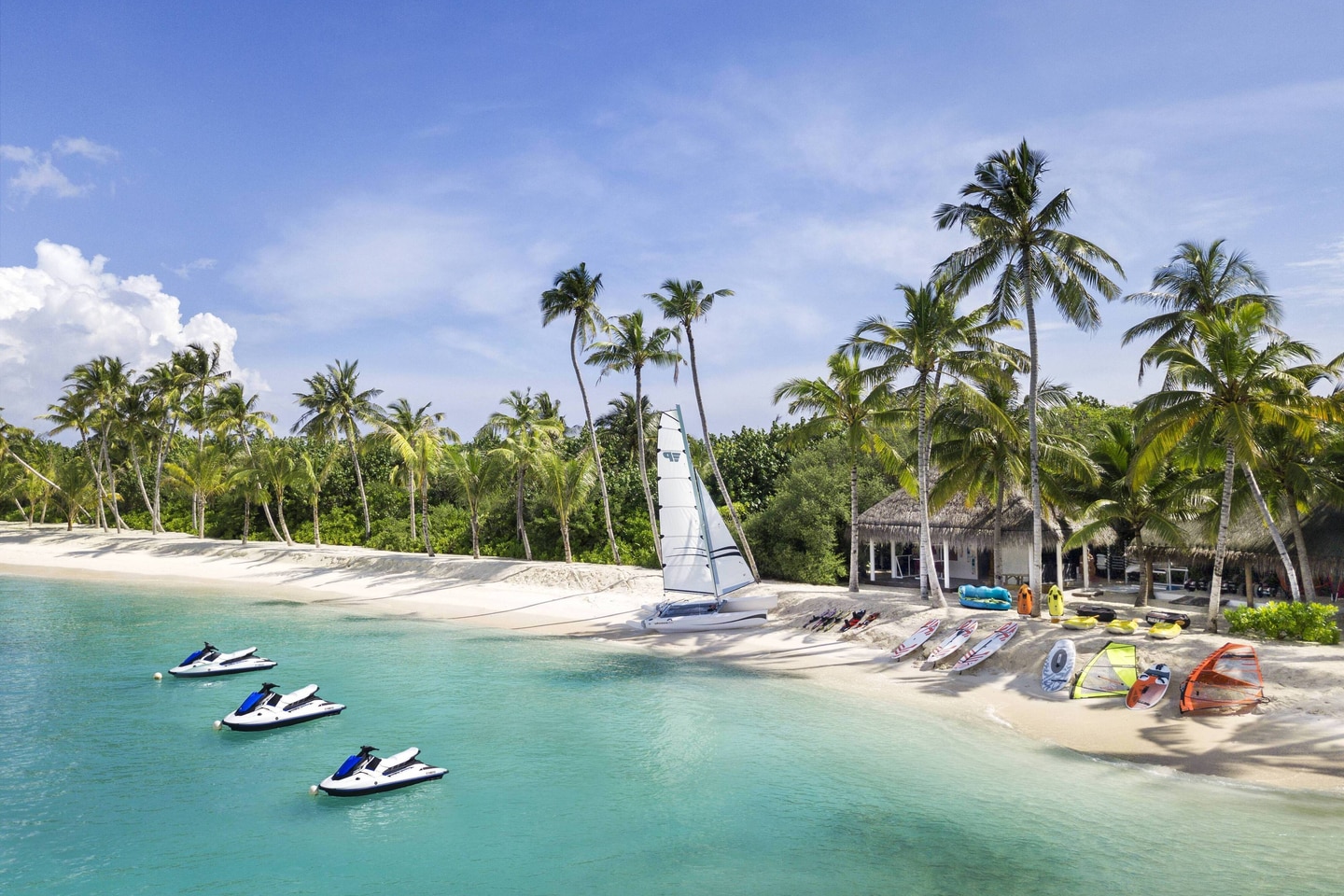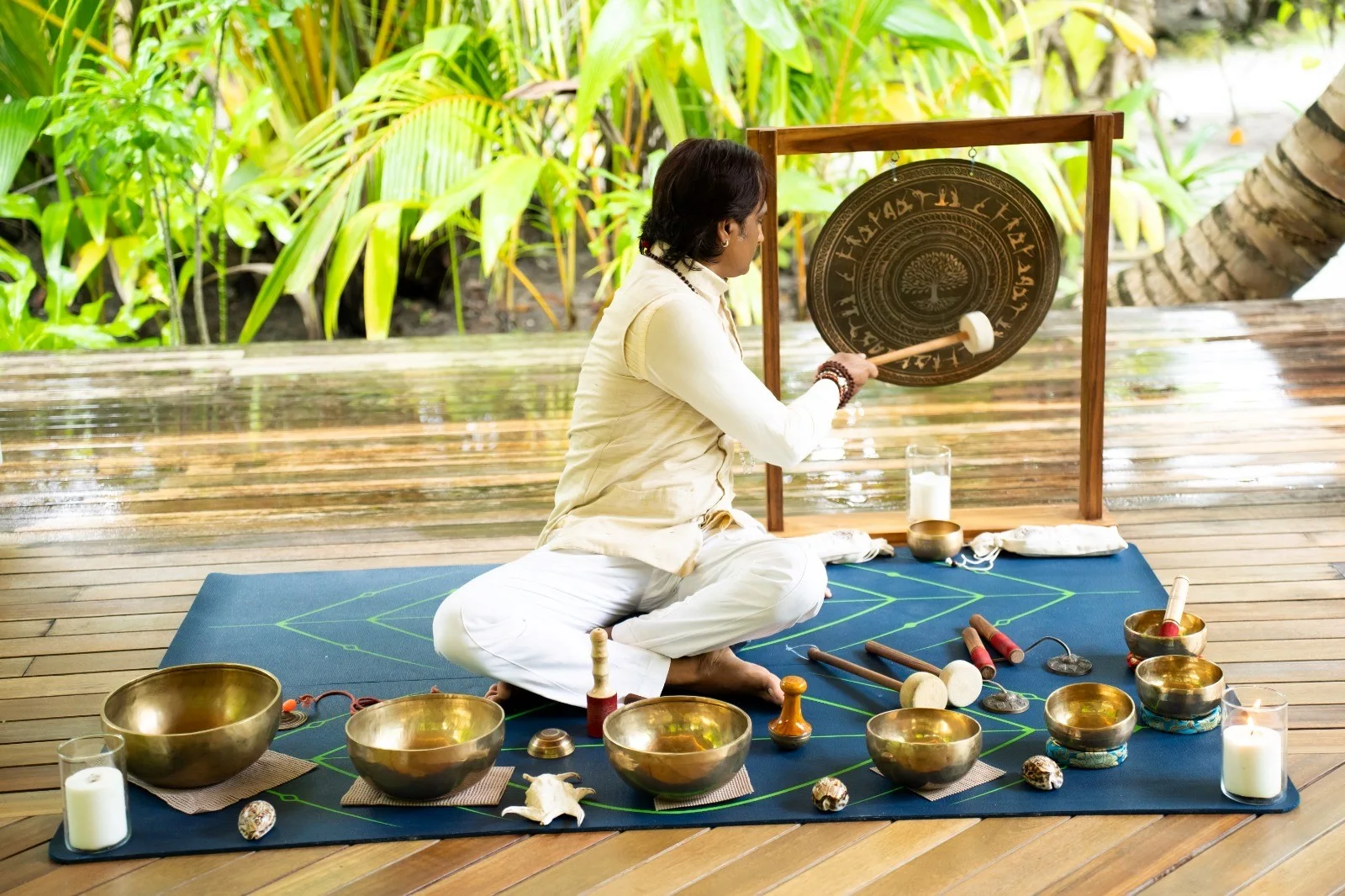Marriott International has opened doors of its iconic resorts in the Maldives; St. Regis Maldives Vommuli Resort, W Maldives, Sheraton Maldives Full Moon Resort & Spa, and JW Marriott Maldives Resort & Spa. Additionally, The Westin Maldives Miriandhoo Resort is poised to reopen on 1st November 2020.
The luxury resorts have the highest standards of cleanliness and hygiene protocols in place. This ensures peace of mind for first-time and returning travelers to the Maldives. Furthermore, the Marriott Cleanliness Council redefines the hospitality giant’s cleanliness and safety standards with enhanced technologies.
The time has come, and our doors are now open. From a romantic tropical escape where lush jungle meets peaceful lagoon at The St. Regis Maldives Vommuli Resort; an once-in-a-lifetime snorkeling adventure with W Maldives; an all-inclusive family getaway at Sheraton Maldives Full Moon Resort & Spa; to discovering the magical underwater world with JW Marriott Maldives Resort & Spa; and ringing in the new year with a rejuvenating wellness escape at The Westin Maldives Miriandhoo Resort, we are thrilled to offer you an unrivalled escape to paradise.
A statement by Marriott International’s properties read.
The St. Regis Maldives Vommuli Resort
The St. Regis Maldives Vommuli Resort offers 77 inspired accommodations options. The resort boasts a myriad of delightful dining venues and activities. Moreover, for its grand reopening, Vommuli Resort has launched Signature Floating Dining Rituals to offer guests an elevated level of privacy.

In addition to that, guests can indulge in a gastronomic journey, while they take a dip in their very own private plunge pool at the resort. Likewise, holidaymakers can also enjoy an opulent starlight dinner set along the beach to an unparalleled toes-in-the-sand cinema and dining experience, and much more at the luxury Vommuli.
W Maldives
The luxury 5-star W Maldives sets the stage to fuel guests’ lust for life. Spacious villas at the resort offer either direct beach, reef, or ocean access and come with a private plunge pool. Meanwhile, find relaxation at the AWAY Spa at W Maldives, which has a menu of massage, Ayurvedic, facial treatments, and much more.

For unforgettable snorkeling adventures, W Maldives also offers complimentary non-motorized activities and usage of snorkeling gear.
Sheraton Maldives Full Moon Resort & Spa
Sheraton Maldives Full Moon Resort & Spa is situated on the private island of Furanafushi in the Maldives. The resort is within close proximity to the airport, just a 15-minute speedboat ride away from the main Velana International Airport. The five-star Sheraton Maldives also boasts 176 guest rooms designed to blend into the surrounding turquoise waters, pristine beaches, and lush greenery.

JW Marriott Maldives Resort & Spa
A tropical sanctuary of its own, JW Marriott Maldives Resort & Spa boasts luxury overwater and beach accommodation options. A diverse range of dining venues can be found at the resort from Japanese, Italian, and global cuisine along with treetop dining and buffet breakfasts.
Holidaymakers can also enjoy the wonders of the Indian Ocean with the guidance of the resort’s experienced PADI team. Moreover, rejuvenating beauty, massage, or wellness therapy can be enjoyed at JW Marriott’s luxury spa.

Marriott International is also preparing to debut its flagship luxury brand, The Ritz-Carlton and Le Méridien brand in the Maldives. The hospitality giant encompasses a portfolio of more than 7,400 properties under 30 leading brands, spanning 134 countries and territories. Likewise, Marriott International operates and franchises hotels and licenses vacation ownership resorts all around the world.







